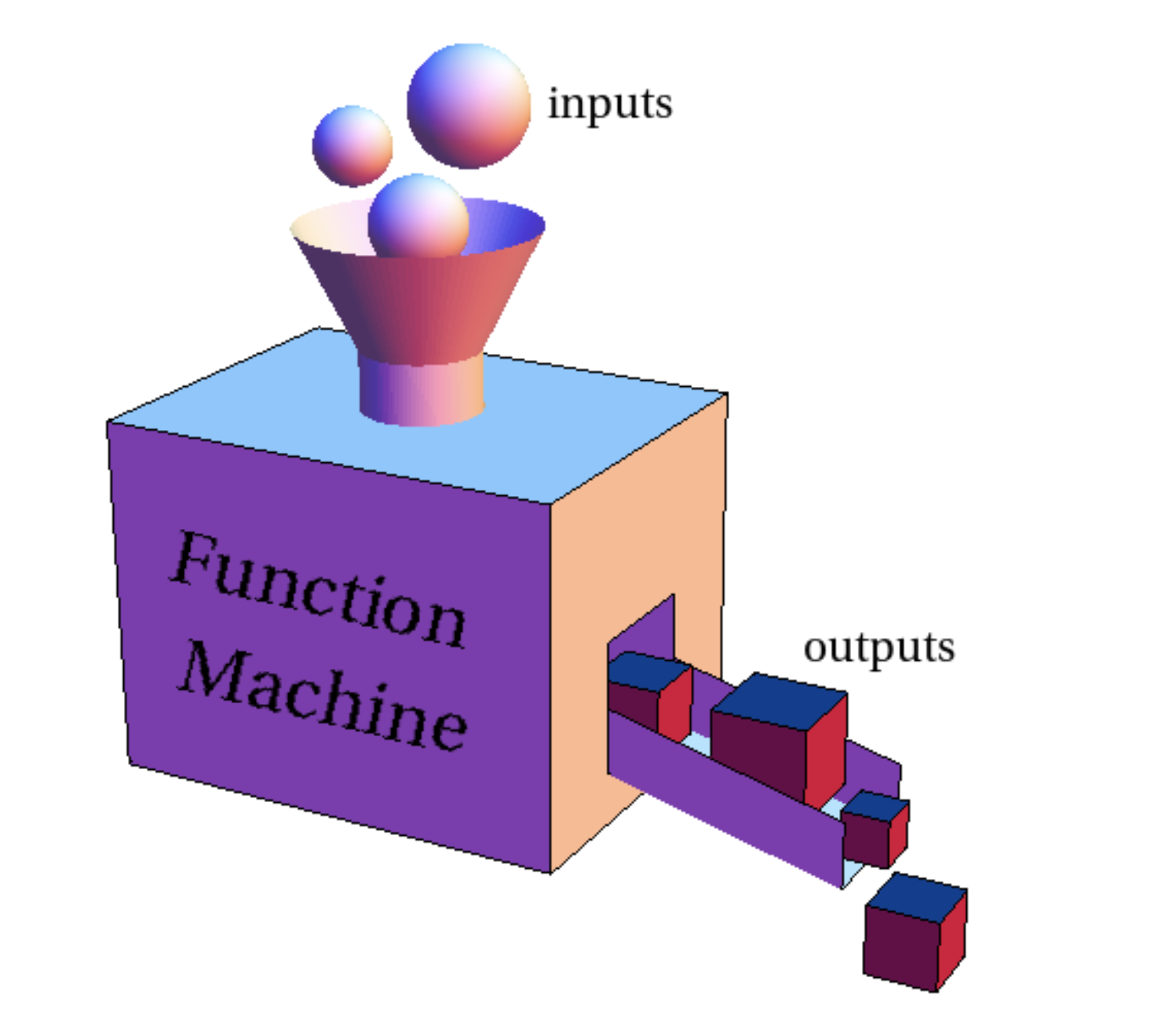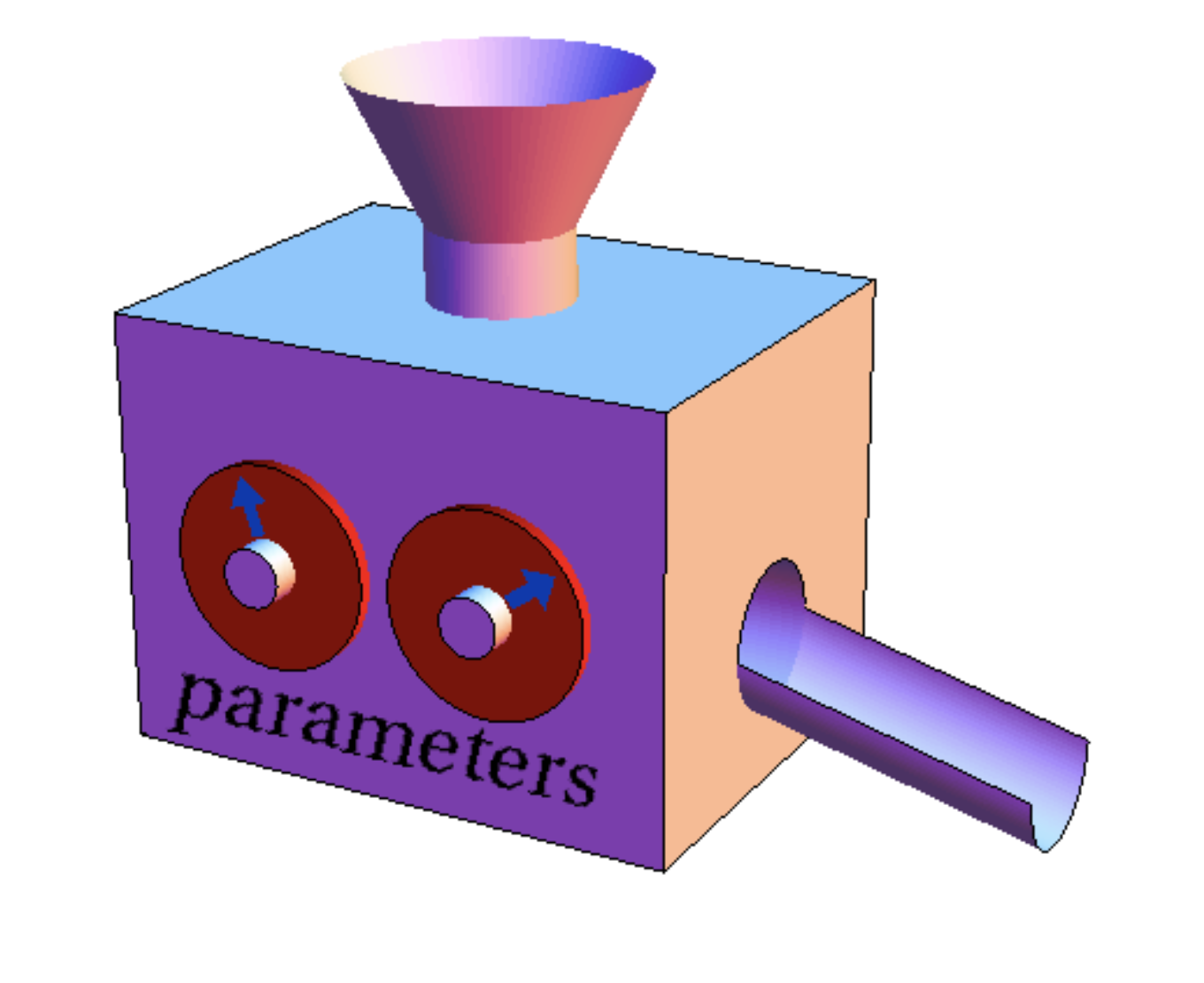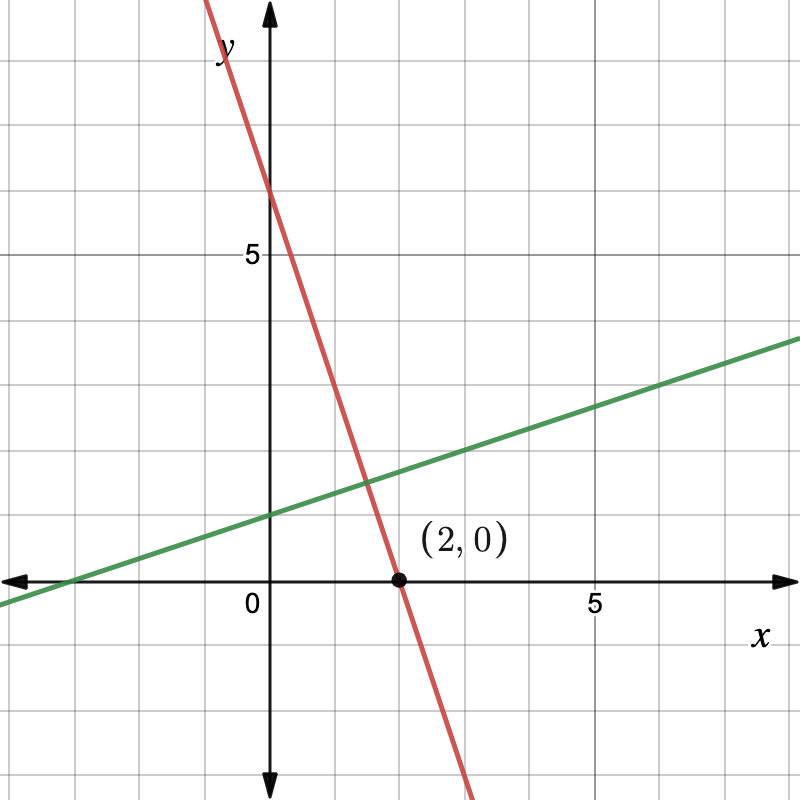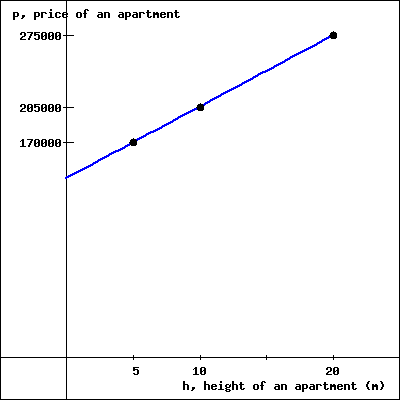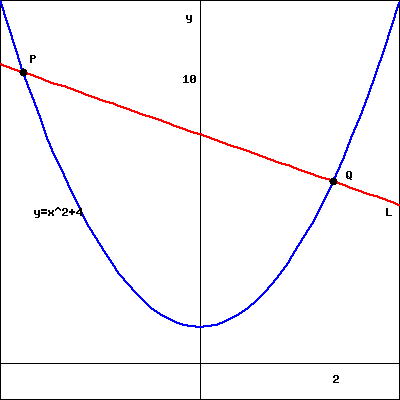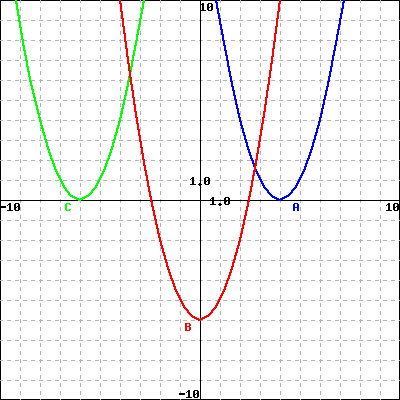First write the equation as
\begin{align*}
20x^2+7x-3 \amp =0\text{.}
\end{align*}
Applying the quadratic formula here is not too difficult. We get the solutions
\begin{align*}
x \amp =\frac{-7\pm \sqrt{49+240}}{40}\\
\amp =\frac{-7\pm \sqrt{289}}{40} \amp (17^2=289)\\
\amp =\frac{-7\pm 17}{40} \\
\amp =\frac{1}{4}, -\frac{3}{5} \text{.}
\end{align*}
The fact that the two solutions here are nice rational numbers (i.e., quotients of integers) suggests that our quadratic expression factors nicely. Indeed, taking a factoring approach, we solve the equation as follows:
\begin{align*}
20x^2+7x-3 \amp =0 \\
(5x+3)(4x-1) \amp =0\\
5x+3=0 \text{ or } 4x-1 \amp =0\\
x=-\frac{3}{5} \text{ or } x \amp =\frac{1}{4}\text{.}
\end{align*}
The factoring step
\begin{equation*}
20x^2+7x-3=(5x+3)(4x-1)
\end{equation*}
was accomplished using what might be deemed a “reverse FOIL” method. Here we try and find constants \(p,q,r,s\) such that the factored expression
\begin{equation*}
(px+q)(rx+s)
\end{equation*}
expands out to \(20x^2+7x-3\) when using FOIL (First, Outer, Inner, Last). For this to be the case we need \(p,q,r,s\) to satisfy
\begin{align*}
pr \amp =20\\
qs \amp = -3\\
ps+qr \amp =7\text{.}
\end{align*}
The first two equations suggest that we play around with (positive and negative) integer factors of
\(20\) and
\(3\text{,}\) which leads to our factorization. For a refresher of this technique, see this
Purplemath article or this
Khan Academy video.
